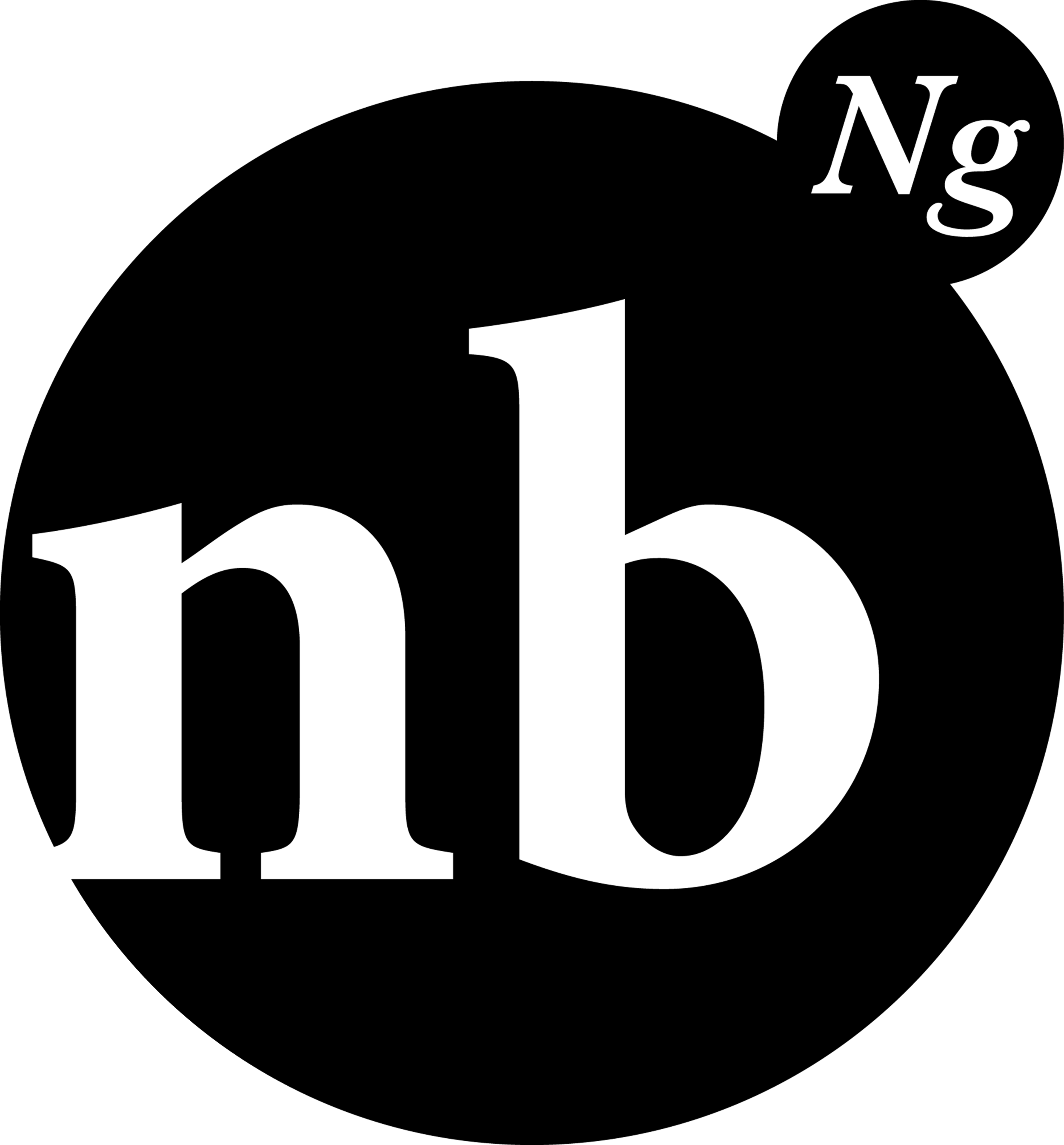(Not) Breaking the Mould
I’ve recently returned to an older but much loved leaf design. This collection, unlike my others actually uses cast silver components. Although, casting is used a great deal in the jewellery industry it’s a bit of a mystic art it the eyes of those not in the business. So this is how some of my pieces go through the process.
Originals are made. This can be in silver, copper, brass or something else. Sprues - branch-like elements, are added to give a channel for the casting metal to run down.
A mould of the originals are made, traditionally in vulcanised rubber, but silicone rubber is used as well. The mould is sliced open to remove the originals.
Wax is injected through the hole in the top of the mould to product copies of the originals. These are then added to a tree of wax models to be cast in the same metal.
Image: Jewellery Casting Scotland
Finished Leaf studs from cast components
This tree is placed in a flask and “investment” (similar to plaster of paris) is poured around the tree and allowed to set. The wax is then burnt out to leave jewellery shaped voids, which are then filled with molten metal. Once the metal has cooled slightly it is quenched in water which dissolves the investment allowing the metal tree to be released. The individual metal pieces are then cut from the tree and can be cleaned and made into your final jewellery designs.





